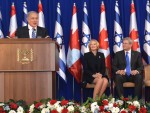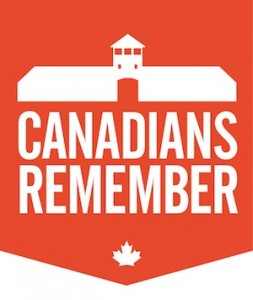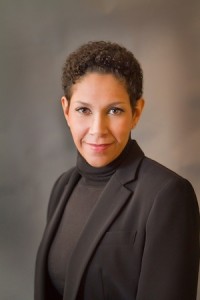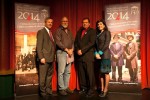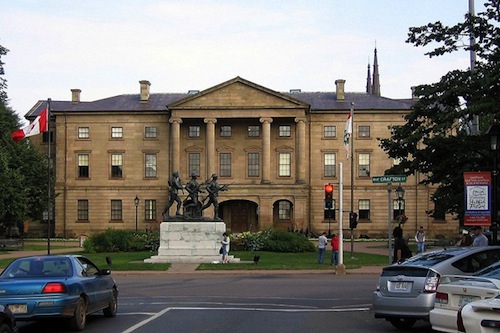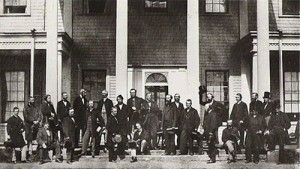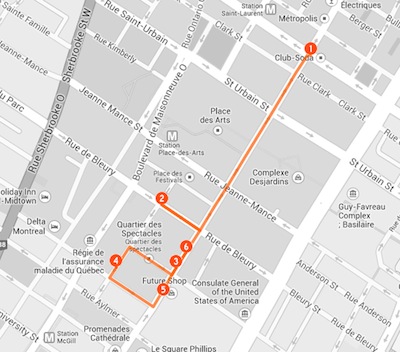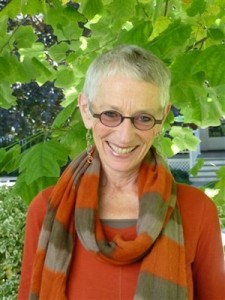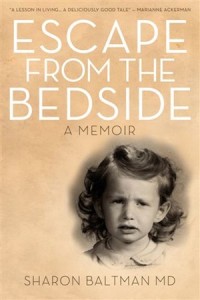Winnipeg’s Canadian Museum of Human Rights is now open for visitors. (photo from CMHR-MCDP)
The Sept. 19 opening ceremonies for the Canadian Museum for Human Rights (CMHR) were broadcast live on several networks, and live streamed on the CMHR website (humanrights.ca). The opening celebrations lasted through the weekend, with more than 40 performances at the Forks market and downtown Winnipeg, including free public tours of the museum and a concert on Saturday night, featuring Buffy Sainte-Marie, A Tribe Called Red, Shad, Marie-Pierre Arthur, Ashley MacIsaac and others.
The excitement among museum staff was palpable ahead of the opening weekend, said Matthew McRae, a museum representative. “Everyone here, whether they started two years ago or two months ago, has put in so much work to make this project happen. It’s truly amazing to watch all the little bits I’ve worked on coming together to make a whole. What’s more, this is really a once-in-a-lifetime opportunity.”
McRae has been with the museum for two years, researching gallery content and gathering background on different feature stories for the museum’s core exhibits. When asked to pick his favorite story from the museum, he said, “There are lots of amazing stories I’ve had a chance to research during my time here, so it’s hard to pick just one. However, the story Wilcox County High School’s first integrated prom, held in 2013, is something I’m very happy it made its way into the museum. The school, located in southwest Georgia, in the U.S.A., had never had an integrated prom.
“In 2013, Mareshia Rucker and her friends decided they wanted to be able to go to prom together, regardless of their skin color or background, and so they fundraised and organized their own integrated prom, despite opposition from some members of the community. Their story got picked up by the international media and, in the end, the school announced it would hold an official prom for all its students in 2014.”
McRae conducted an oral history with Rucker and the young woman’s prom dress will now be featured at the museum. “A prom dress is not something you would normally associate with human rights, but that’s perhaps what’s so neat about it,” said McRae. “It tells people that human rights struggles can come in all sorts of forms, and it tells people they are still going on today, all around us.”
Ensuring people from around the world can access and use the museum’s content and knowledge base has been a major focus. While the museum does not have specific projections for online attendance, McRae said, “We are expecting people to log on from all across Canada and the world. There will be lots of chances for people to feel connected to Canada’s new national museum.”
The museum will continue working with various community groups, human rights organizations, academics and stakeholders. There are plans to organize and participate in many events, including lectures, panel discussions and art projects.
“This will involve anything we can think of to build awareness and education about human rights and to encourage public discussion from multiple perspectives,” said McRae. “We will pilot a national student program in 2015 and hope to eventually bring students from across Canada here for an immersive educational experience in human rights.”
The museum has also developed programs for school groups and the public, so all ages can make the most of having a human rights education hub in Winnipeg.
“Above all else, the museum will be a place of inspiration where people can learn about the many different ways people as groups and individuals have worked to promote human rights, resist violation and overcome adversity,” said McRae. “This is the only museum in the world solely devoted to human rights awareness and education, and we explore human rights concepts with an international scope, but through a uniquely Canadian lens.
“As the first national museum established outside the National Capital Region, the CMHR will be a source of Canadian pride – not to mention an iconic piece of architecture already being noticed around the world.”
“Gail Asper fought to have her father’s dream become a reality,” said Stephanie Lockhart, who attended the opening ceremonies with her husband. “She brought this incredible dream to life. What a tremendous gift for our children, our children’s children, and for many generations to come. To be able to visit this place and have the opportunity to learn all about our human rights – the history, for good and bad – their view of human rights will be transformed and actualized because of what they will have learned in this spectacular place.
“For me, the museum truly represents one of the most significant accomplishments articulating the dignities of humankind. All human beings are born free and equal with dignity and rights.”
MLA Andrew Swan, minister of justice and attorney general, said, “I was truly inspired by the opening ceremonies…. As a lifelong Winnipegger and Manitoban, I am fiercely proud that the CMHR is located here, the first national museum outside of Ottawa/Hull.
“My favorite moment was watching [singer] Maria Aragon – a young woman from a local school and daughter of an immigrant family – perform at the opening.”
Winnipeg City Councilor Jenny Gerbasi was also in attendance. “There was a significant inclusion and a feeling of deep respect for Aboriginal, Inuit and Métis communities throughout the event,” said Gerbasi. “I was very moved by the words of Dr. Wilton Littlechild, when he talked about ‘a new spirit and a hope for positive change … a call to action and honoring the human rights of all people.’
“The umbrellas had to come out as rain started prior to and throughout the ceremony … but it did not dampen the spirits or the sense of excitement of the audience.”
Rebeca Kuropatwa is a Winnipeg freelance writer.


